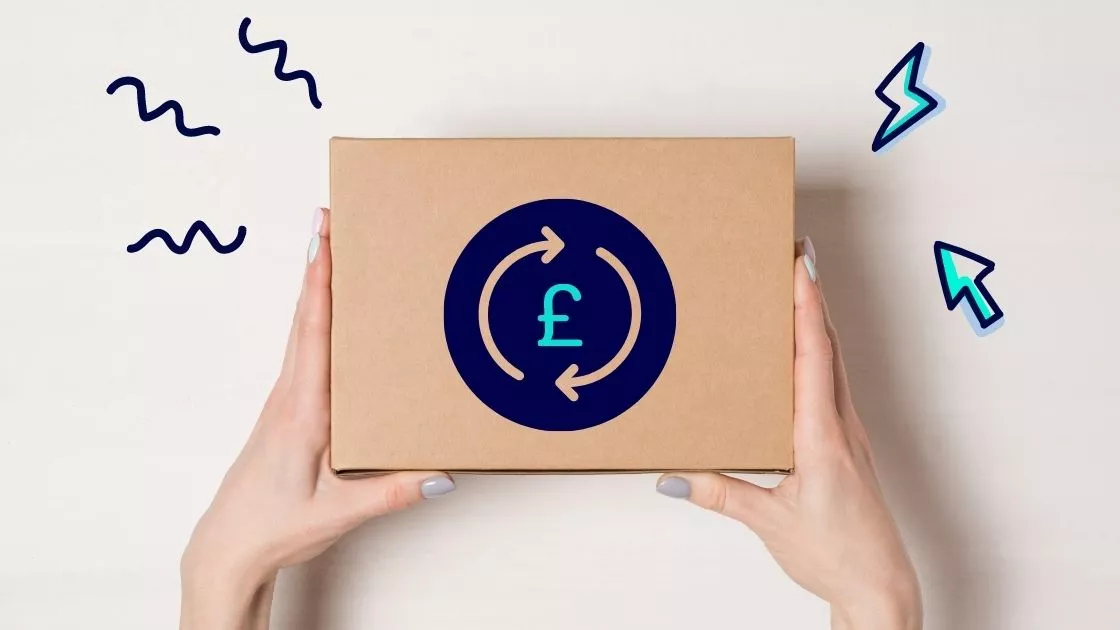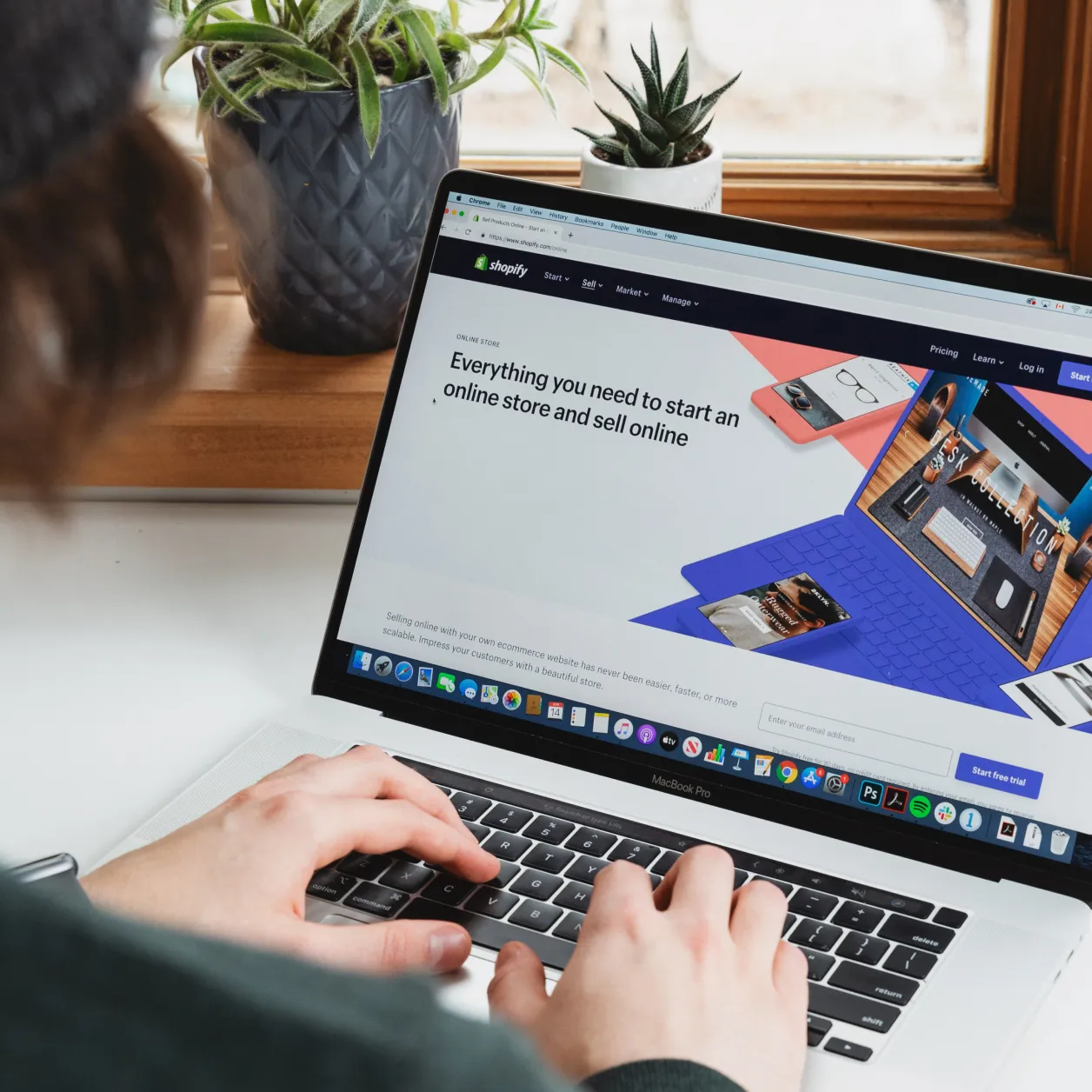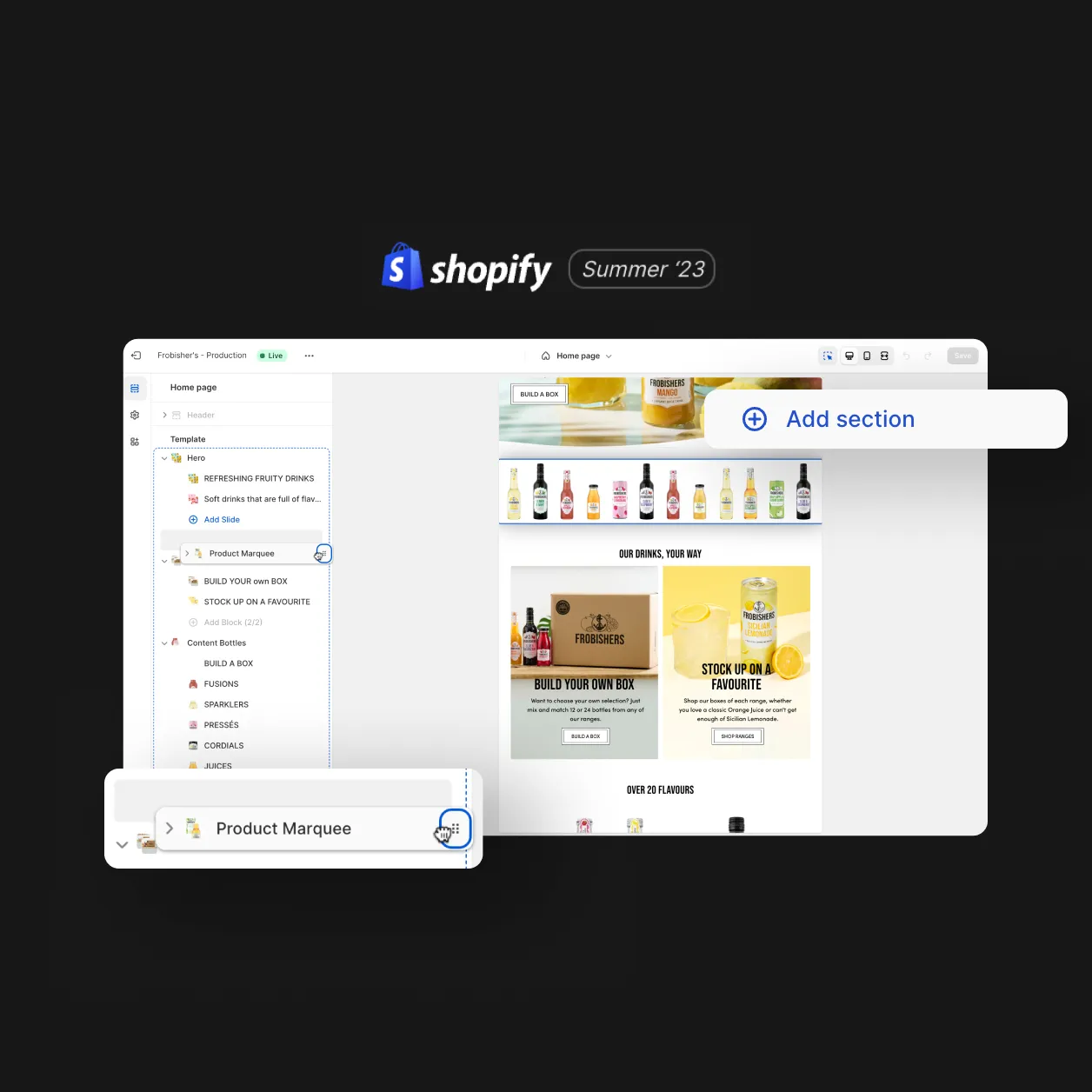
Over the past two years we have worked with 12 different subscription businesses. We’ve helped these brands to craft a subscription model that works for them – from helping to develop custom tech and smoothing out UX design to providing consultancy for growth marketing. We know what works for subscription ecommerce. And we know what doesn’t. This article has been written to help merchants avoid the same pitfalls we’ve solved in the past.
Muddled messaging
Subscription is anchored in convenience. The moment a customer has to think about what to choose, your drop-off rate will skyrocket. We find that businesses will have the best intentions in mind here. They want to give people the freedom to create the exact subscription they want. At a price that sounds too good to miss. But speaking frankly, too many offers, discounts and choice can be detrimental.
From bundles, subscription discounts, free trials, add-ons or offer codes, there are no shortage of inventive ways to try to sway a customer and compete on price. But we’d recommend picking just one. At least to start with. We frequently see the ‘kitchen sink’ approach and all it achieves is confusion. Paradox of choice creeps in and the customer is left distrusting of a brand, thinking they might be missing out.
Layers of messaging is not only confusing to absorb mentally, it can also clutter the product page and leave a less than desirable aesthetic.
Forgetting to provide an easy to switch
For some brands, subscription is obvious. Commodities such as razors, pet food or meal kits provide a routine needed to help keep households running. Other products may need a little more consideration before a commitment. This is where ease of switching between single-purchases and subscription needs to be flawless. A simple toggle on the product page or better yet, on a cart page, that automatically reflects the whims of a consumer can be a small but essential tweak to help drive conversion without dropping off altogether.
To visualise this, take a look at our Lovebug subscription mechanic. Here, the customer can seamlessly switch to subscription, while selecting quantity and frequency. They don’t have to navigate elsewhere and they don’t have to do too much thinking.
Not applying an extended design system
Subscription design must consider far more than a widget on a product page. This approach can often look like an after thought – and is unlikely to work fluidly with the rest of your site. Our best-performing examples have all taken into consideration colours to subtly indicate the ‘difference’ between a single or subscription product throughout the ecommerce experience. This help users navigate across specific flows with an intuitive ease. This can also be applied to other design features such as tabbed information, with the relevant colourway applied to the to correct information. Carried through from exploration to checkout, an intelligent visual design system that goes beyond brand guidelines is the attention to detail we often see missed.
Grind’s single purchase vs subscription offer is supported by a design system that places anything subscription related in a sage green. This is consistently applied to the shop page and individual product pages to signify subscription. The design language is clear and provides the user a smoother path to conversion.
Inaccurate data collection
Cost per acquisition is at an all time high and competition is rife. Repeat business has never been more important. And data is critical for understanding the business value and opportunities to scale. Many subscription businesses either cannot or do not measure the different CPAs and LTVs for their different customer types. Google Analytics alone cannot distinguish between a subscription customer or a single-purchase customer, however subscription is far more valuable. This is where having robust system in place that segments performance by payment source, subscription plan type, and product category is critical for marketing attribution.
Not deciding if your business is subscription-first
The biggest mistake we see is the lack of careful thinking behind subscription. How big a priority is subscription to your business model? Knowing this is essential for developing the right strategy and visual design. Bolting on an app isn’t wrong, however it’s probably not the best solution if subscription and Monthly Recurring Revenue is core to your business. Equally, some business website briefs place far too much emphasis on the subscription aspect for products that aren’t a natural fit and this can cause more damage by reducing an otherwise healthy number of single purchases.
We worked closely with Mindful Chef on a marketing strategy to launch their meal kit subscription. Together, we knew that subscription was 100% right. But it needed to be done well, considering they were one of the first in their category in the UK.
The biggest challenge is onboarding the right type of customers who are going to be involved with the company over a long time. It’s easy to find new customers and fill the funnel – it’s far harder to identify and onboard customers who will continue purchasing from you 12 months later
Subscription was always a priority for Mindful Chef because it allows us to own all of our data and understand our customers better. In doing so we can provide a better service and ensure as our customers adapt their purchasing behaviours we continue to evolve to meet that need
One of the big benefits of being a D2C subscription based business is it makes the ordering process really easy for customers and our main mission has always been to make healthy eating easy. Knowing that we’ll do all of the work for you and a box of healthy, delicious food will turn up every week of is exactly what our customers want. In the future people will think it’s mad we used to waste our time in lines at supermarkets when it’s really simple to have our favourite items delivered straight to our door.
-Myles Hopper, Mindful Chef Co-Founder & CCO
Design
Inspiring behaviour change through visual experiences. Our digital design services ensure instant clarity and visuals that cut-through in a cluttered market.




